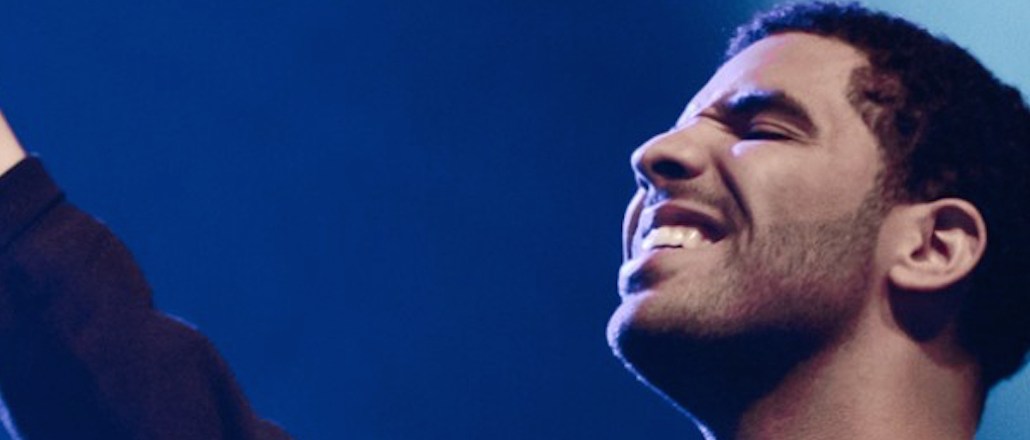
It all started on July 21 when rapper Meek Mill sent out a tweet, stamped with a grinning emoji, stating Degrassi star-turned-artist Drake doesn’t write his own rhymes.
Stop comparing drake to me too…. He don’t write his own raps! That’s why he ain’t tweet my album because we found out!
— Meek Mill (@MeekMill) July 22, 2015
In the days following, the Meek Mill vs. Drake feud has dragged into a tiresome back-and-forth, most notably resulting in two new freestyle singles from Drake and a crisis PR professional’s offer of online advice to Meek Mill. (Paper mag has a complete timeline of the events here.)
So, here we are, at the tail-end of a rap feud in 2015. What have we learned? For one, when two rappers go at it by way of open platforms like Twitter and Instagram, it gives any old brand with a Twitter account — and the right amount of diligence and savvy — a starring role in the action. That’s where Whataburger comes in. The burger chain, which has 434,000 Twitter followers, saw an opportunity — Whataburger literally sells beef, get it? — and seized it. Whether it should have is another matter entirely.
*Meek Mill eating a Whataburger * “Did they even really cook this tho?”
— Whataburger® (@Whataburger) July 22, 2015
“The reality is brands aren’t your friends, and in social that’s really what most people are focused on: What can I post to get my friends and peers to think I’m cool?” said Brendan Gahan, founder and evp at social shop Epic Signal. “To be able to cut through that, as a brand, is a struggle because it’s a bit risky politically and bureaucratically for companies.”
Much like Drake in this situation, Whataburger’s social media director (who doesn’t do interviews; plenty have asked) didn’t back down, and as a result, one of Whataburger’s related tweets landed a spot on the big screen during Drake’s performance at OVO Festival on Monday.
That tweet, pictured during the festival below, got 110,000 retweets and 80,000 favorites since it was posted on July 30. To put it in perspective, Meek Mill’s tweet, which started everything, got 140,000 retweets and 110,000 favorites.
Drake, the 6 God, shows a @Whataburger tweet during his show. Call the fight. It’s over. pic.twitter.com/QvTqicEi6z — Josh Fenster (@jDfenz) August 4, 2015
Brands are always throwing their often-promotional, and often-milquetoast, thoughts into the Twitter ring when a hashtag is trending or something is happening on social media. But most come off as trying too hard. Whataburger’s tweets — there were seven in all, which got a total of 165,000 retweets — contained meat-riddled humor and hip-hop savvy, while strongly siding with Drake.
Drake’s second song in response to Meek Mill, for example, is called “Back to Back,” a fact Whataburger glommed onto instantly:
Meek Mill might need to eat his feelings with #BacktoBack Whataburger after that one. — Whataburger® (@Whataburger) July 29, 2015
One of Drake’s lines on “Back to Back” was “Trigger fingers turn to Twitter fingers.”
Chicken fingers turn to twitter fingers pic.twitter.com/EQLwa3cWTJ — Whataburger® (@Whataburger) July 31, 2015
In the days of Biggie and Tupac, genuine rap beefs could prove fatal. Today, you’ll get memes created at your expense — like one reading “Meek Mill checking out of his hotel room this morning” paired with a photo of a coffin being carried during a funeral procession. But does anyone think Drake is actually dangerous? His very mainstream marketability lies in the fact that he’s squeaky clean. Enter: Whataburger’s chicken fingers.
The appeal of feuding for the sake of Internet attention isn’t lost on other stars either. Aging rappers Ja Rule and 50 Cent have benefited from a bit of publicity during their own recent public smack talk, a revival of an ancient spat. Ja Rule posted the below to Instagram in response to comparisons, somewhere, of Drake and Meek Mill’s feud to his years-long beef with 50 Cent.
It is no doubt a pure coincidence that Ja Rule’s taunt comes as he is promoting a new collaboration with Steve Madden (and 50 is busy declaring bankruptcy). Times they are a changin’.
Brandwatch CMO Will McInnes said that while brands are always trying to “wedge into a viral topic,” Whataburger successfully “put their stake in a popular, yet unrelated conversation.”
“Recognizing the scale and impressions this spat has accumulated, Whataburger’s social media-savvy team jumped in with the right tone that always captures the Twitterverse’s attention — humor,” he said.
The burger chain might be the most respectable figure in this rap beef.
Banner image via Andrew Stephen/The Come Up Show
More in Marketing

Best Buy, Lowe’s chief marketing officers explain why they launched new influencer programs
CMOs launched these new programs in response to the growing importance of influencers in recommending products.

Agencies create specialist units to help marketers’ solve for AI search gatekeepers
Wpromote, Kepler and Jellyfish practices aim to illuminate impact of black box LLMs’ understanding of brands search and social efforts.

What AI startup Cluely gets — and ad tech forgets — about attention
Cluely launched a narrative before it launched a tool. And somehow, it’s working.





